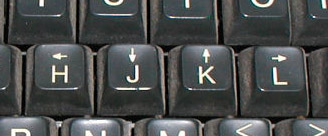Web Worker Daily shares the results of an interesting study done by Forester Research:
Forrester Research decided to find out recently, asking more than 10,000 information workers in 17 countries about what devices they use to get their jobs done.
The results are now in, and while the fact that more and more knowledge workers are importing their smartphone and iPad addictions to the office probably won’t surprise you, the extent of the use of these devices and employees’ willingness to pay for them might. The survey found:
- Globally, one-third of devices being used for work are non-Microsoft.
- One-quarter of devices used for work are mobile (i.e., smartphones and tablets).
- In Europe and North America many workers choose which devices they use themselves: Seventy-three percent select their own smartphone, 53 their laptop and 22 percent even choose their PC.
- Forty-eight percent pay the entire cost of their tablets themselves; 41 percent shell out for their laptops.
That might be good news for mobile workers looking to get stuff done on the go and on devices of their choice, but it adds up to less cheerful reading for Microsoft. The report concludes that “mobile devices will become the majority of devices used for work, surpassing PCs” and “Windows’ device share will fall below 50 percent by 2016.” It goes on to suggest this will demand a shift in marketing on the part of Microsoft, obliging the company to target individual workers as much as IT decision makers.
Their Microsoft predictions is something else. But for the rest of it, I think it’s quite important for anyone who is involved in office planning and management. The world is changing…

